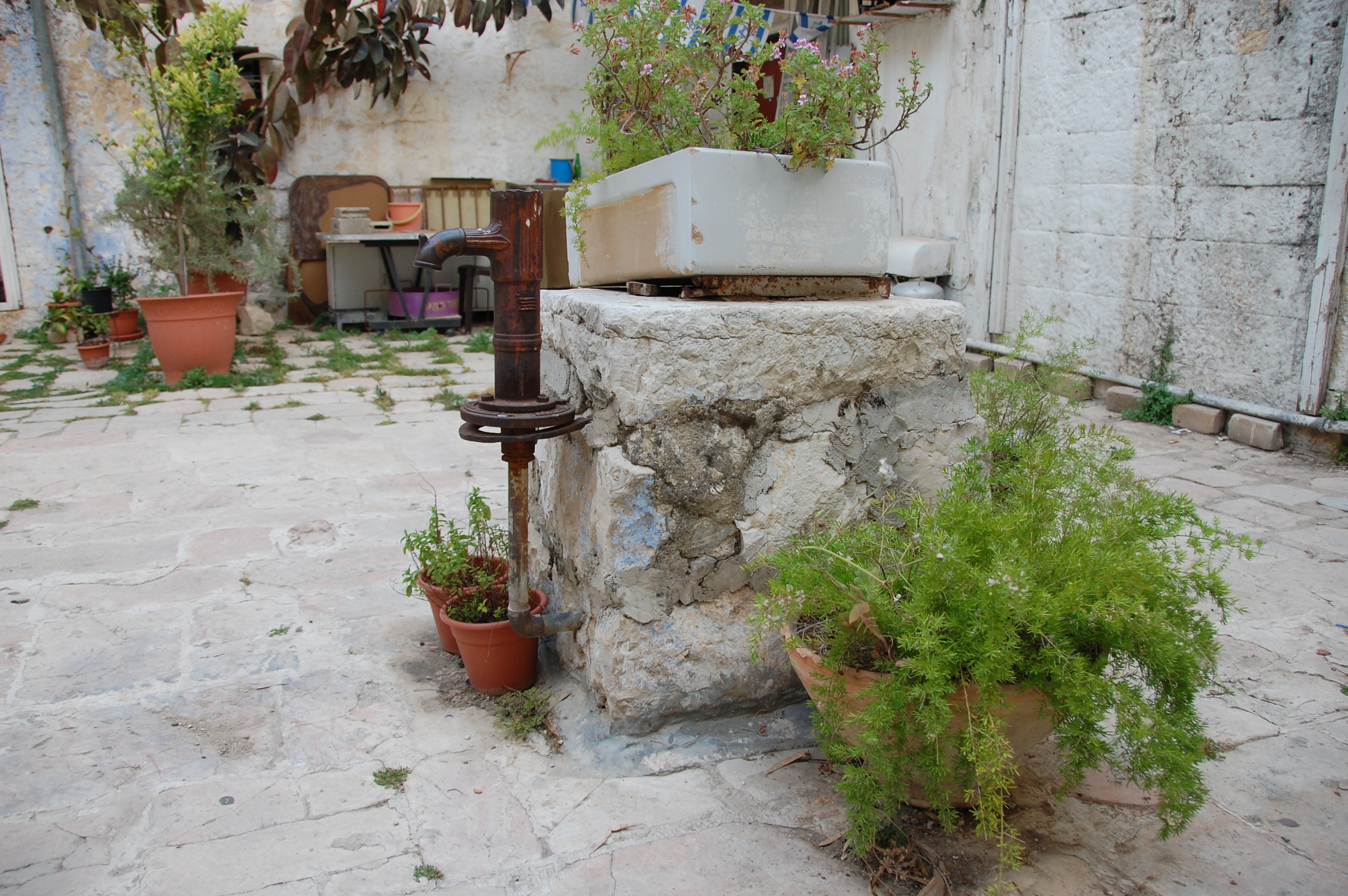Beit David on:
[Wikipedia]
[Google]
[Amazon]
Beit David was the fourth
 The residence of
The residence of Museum of Psalms
/ref>
Jewish
Jews (, , ), or the Jewish people, are an ethnoreligious group and nation, originating from the Israelites of History of ancient Israel and Judah, ancient Israel and Judah. They also traditionally adhere to Judaism. Jewish ethnicity, rel ...
neighborhood outside the walls of Jerusalem
The Walls of Jerusalem (, ) surround the Old City of Jerusalem (approx. 1 km2). In 1535, when Jerusalem was part of the Ottoman Empire, Suleiman the Magnificent, Sultan Suleiman the Magnificent ordered the ruined city walls to be rebuilt. T ...
. This courtyard neighborhood was established in 1873.
History
Beit David was founded as analmshouse
An almshouse (also known as a bede-house, poorhouse, or hospital) is charitable housing provided to people in a particular community, especially during the Middle Ages. They were often built for the poor of a locality, for those who had held ce ...
for Jews on a plot of land donated by a kollel
A kollel (also kolel) (, , , , a "gathering" or "collection" f scholars is an institute for full-time, advanced Torah study, study of the Talmud and rabbinic literature. Like a yeshiva, a kollel features Shiur (Torah), shiurim (lectures) and ...
. It was named for the philanthropist, David Reis. The name also alludes to the historical House of David and to the book known as ''Beit David'', a treatise on Jewish law written by Joseph Ben David in the 18th century. Because Beit David was far from the kollel's center in the Old City, it contained a synagogue and 10 apartments to ensure the existence of a minyan
In Judaism, a ''minyan'' ( ''mīnyān'' , Literal translation, lit. (noun) ''count, number''; pl. ''mīnyānīm'' ) is the quorum of ten Jewish adults required for certain Mitzvah, religious obligations. In more traditional streams of Judaism ...
.
 The residence of
The residence of Abraham Isaac Kook
Abraham Isaac HaCohen Kook (; 7 September 1865 – 1 September 1935), known as HaRav Kook, and also known by the Hebrew-language acronym Hara'ayah (), was an Orthodox Judaism, Orthodox rabbi, and the first Ashkenazi Jews, Ashkenazi Chief Rabbina ...
, Israel's first Askenanzic chief rabbi
Chief Rabbi () is a title given in several countries to the recognized religious leader of that country's Jewish community, or to a rabbinic leader appointed by the local secular authorities. Since 1911, through a capitulation by Ben-Zion Meir ...
was on the second floor of the building, added in 1922. The Rabbi Kook House is now a museum of the life of Rabbi Kook. The Museum of Psalms, located on the ground floor for many years, featured the paintings of Moshe Tzvi HaLevi Berger, a Kabbalist and painter. Berger was evicted in 2014 to make room for a yeshiva/ref>
See also
* Expansion of Jerusalem in the 19th centuryReferences
{{Authority control Neighbourhoods of Jerusalem 1873 establishments in the Ottoman Empire Populated places established in 1873